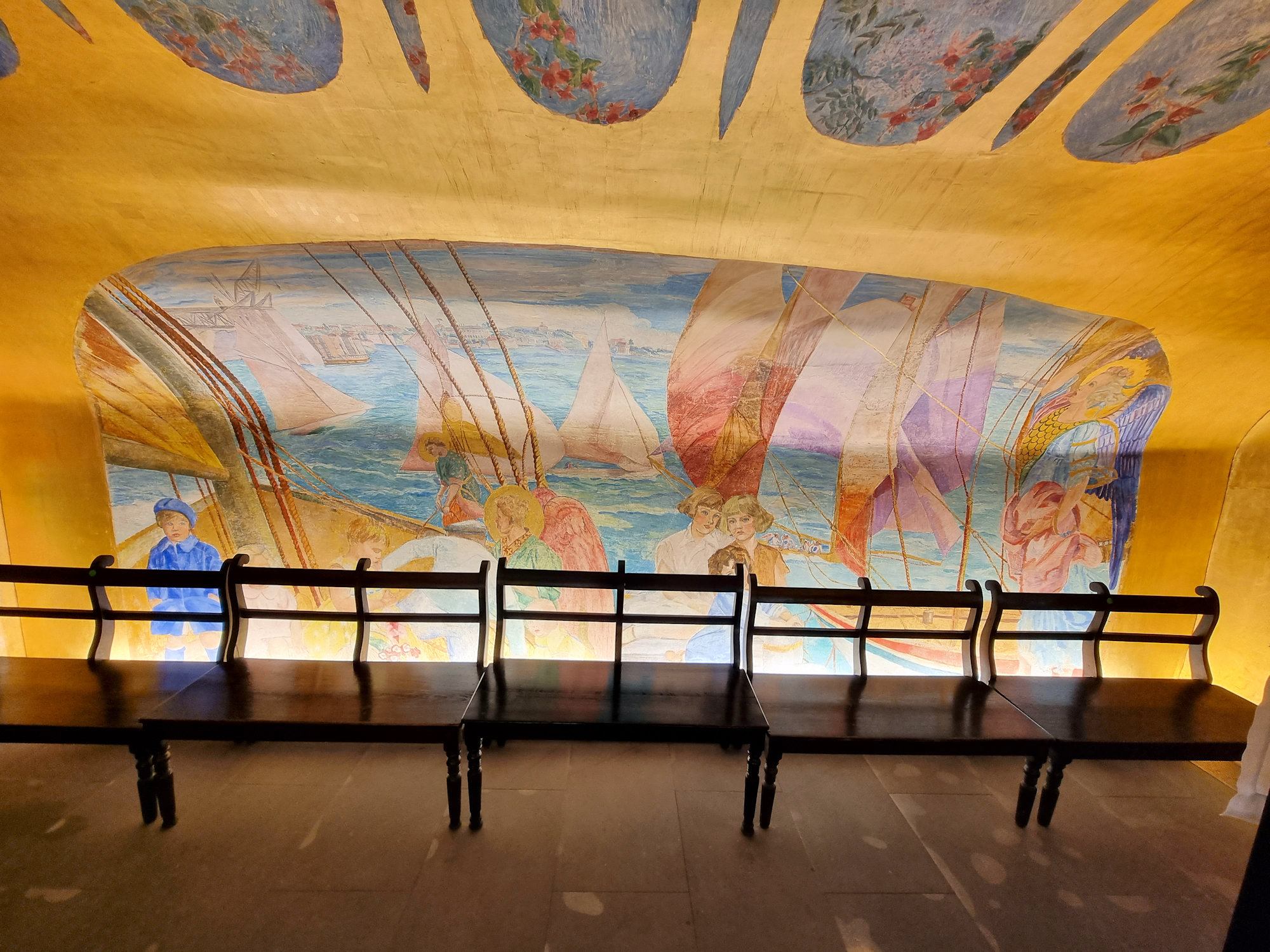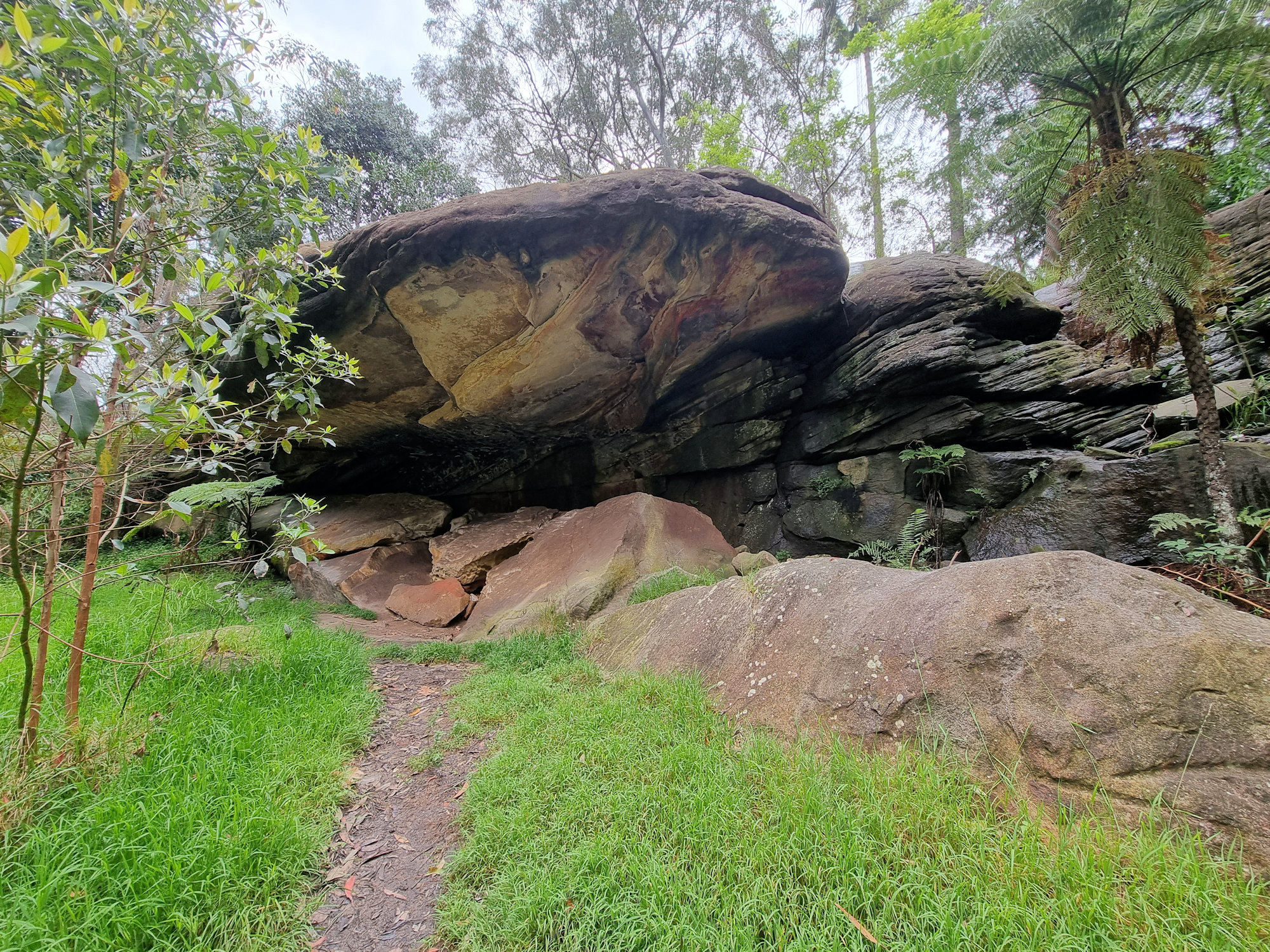Category: History
-
The Strand Arcade Sydney

The Strand Arcade Sydney Located in the centre of the Sydney CBD and running from Pitt to George Street, the Strand Arcade is one of Sydney’s premier shopping destinations. Opened in 1892, The Strand is the only remaining arcade of its type in Sydney. With three levels, to explore and many cafes and restaurants, there’s… Read more
-
St. James Church Sydney

St. James Church Sydney Designed by convict architect Francis Greenway, St James Church Sydney is the city’s oldest church. Built between 1819 and 1824 using convict labour and consecrated on 11 February 1824 it has been in continuous use to the present day. Located at the end of King Street, the closest train station is… Read more
-
Henry Lawson Cave

Henry Lawson Cave Born in Grenfell, New South Wales in 1867, Henry Lawson is one of Australia’s most well-known writers. Although his works were published during his lifetime, Lawson suffered from financial and alcohol problems. While living at Market Street in Naremburn, he would often stop at what is now called the Henry Lawson Cave… Read more